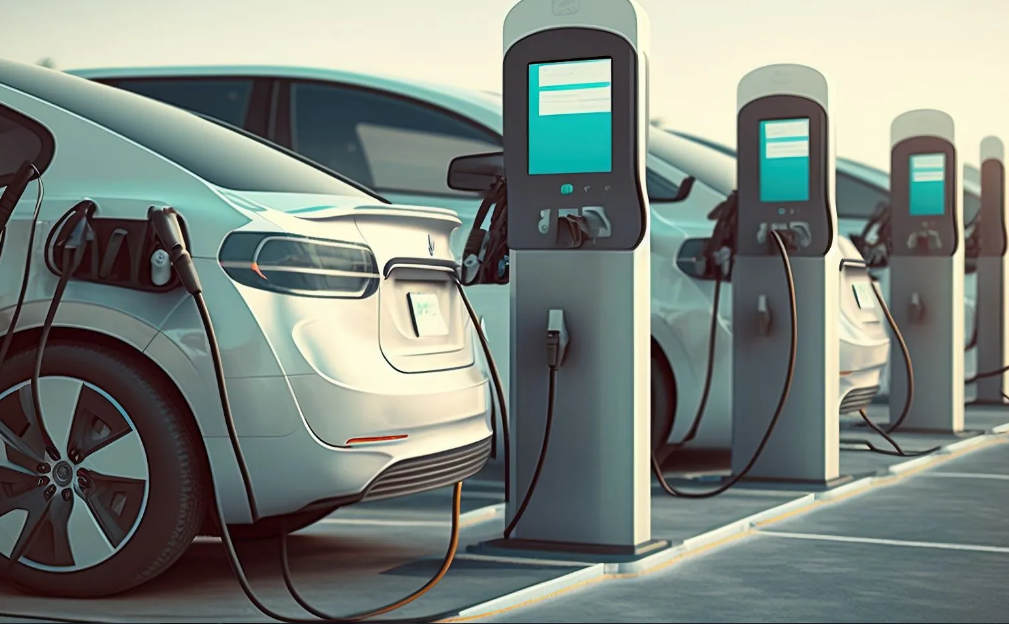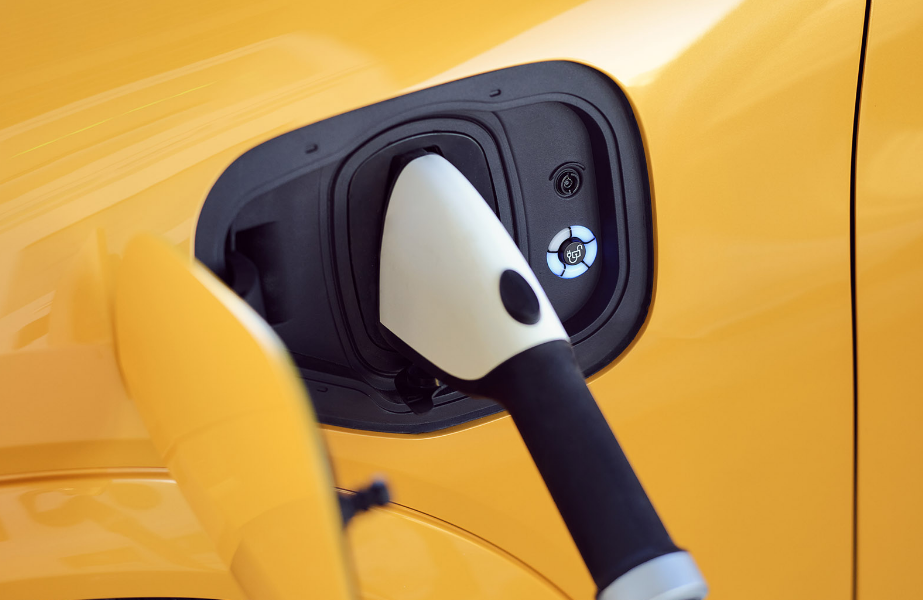Electric vehicles (EVs) have surged to the forefront of global conversations on sustainability, presenting an eco-friendly alternative to traditional, fossil fuel-dependent transportation.
Championed for their potential to reduce emissions and transform our relationship with personal and public transport, EVs symbolize a leap towards a cleaner, greener future.
However, beneath the glossy exterior and promises of an emissions-free drive, there lies a complex web of challenges and disadvantages that often go unnoticed.
This article aims to shed light on the less-discussed aspects of electric cars, offering a nuanced perspective to readers who are navigating the electrified terrain of the modern automotive landscape.

The Environmental Paradox: The Battery Production Conundrum
One of the most significant selling points of electric vehicles is their potential to reduce carbon emissions. However, the environmental impact of manufacturing lithium-ion batteries—a crucial component of EVs—tells a different story.
The extraction of lithium, cobalt, and nickel necessary for these batteries involves intensive mining operations that have been linked to soil degradation, water pollution, and a significant carbon footprint.
Additionally, the geopolitical implications of sourcing these materials from a limited number of countries raise concerns about sustainability and ethical labor practices.
Charging Infrastructure: The Roadblock to Accessibility
While the number of charging stations has been increasing, the current infrastructure still lags behind the growing number of EVs on the road.
This disparity creates a phenomenon known as “range anxiety,” where potential EV owners are concerned about running out of charge without access to a charging station.
Moreover, the time required to charge an EV fully can vary significantly, from 30 minutes at a fast-charging station to several hours with a home charger, potentially inconveniencing users accustomed to the quick fill-ups of gasoline vehicles.

The Ongoing Discussion : Limited Range
- Range Limitations: The fear of running out of battery power before reaching a destination or a charging station, known as “range anxiety,” is a significant barrier to EV adoption. While many new EVs offer ranges that are sufficient for daily use and short trips, longer journeys require careful planning and access to fast-charging networks.
- Impact on Consumer Choice: The perceived inconvenience of having to plan trips around charging station locations and the time required to recharge can deter some consumers from choosing an EV over a gasoline-powered vehicle, which can be quickly refueled at widespread service stations.
- Advancements and Innovations: Automakers and researchers are continually working on improving battery efficiency and energy density, which will increase the range of EVs. Innovations in charging technology, such as ultra-fast charging stations, aim to reduce downtime during long trips, making EVs more competitive with traditional vehicles in terms of convenience.
- Geographic Variability: The impact of limited range is not uniform and can be more pronounced in rural or less developed areas where charging infrastructure is not as developed as in urban centers. This variability requires targeted strategies to build out infrastructure and support EV adoption across different regions.
Addressing the limited range and associated “range anxiety” involves a combination of technological advancements, expanding and enhancing charging infrastructure, and increasing public awareness and confidence in the EV ecosystem.
As these efforts continue, the gap in convenience between electric and gasoline-powered vehicles is expected to narrow, making EVs a more viable option for a broader range of consumers and uses.

Economic Disadvantages: The High Cost of Going Green
The initial purchase price of electric cars often exceeds that of their gasoline counterparts, primarily due to the high cost of battery technology.
Although government incentives and lower operating costs can offset these expenses over time, the upfront investment remains a significant barrier for many consumers.
Furthermore, the rapid pace of technological advancements in EVs can lead to quicker depreciation rates, affecting the vehicle’s resale value and contributing to consumer hesitancy.
The initial purchase price of electric vehicles often presents a steep financial hurdle for many consumers, making the switch to green technology a significant investment.
While the total cost of ownership may decrease over time due to lower fuel and maintenance costs, the upfront price tag can deter potential buyers.
This is exacerbated by the fast pace of advancements in electric vehicle technology, which can lead to earlier models becoming obsolete more quickly compared to traditional cars. As a result, EV owners may face steeper depreciation and lower resale values, further complicating the economic equation.
To make electric vehicles a more viable option for a broader audience, it is essential to reduce manufacturing costs, particularly for batteries, which constitute a significant portion of the vehicle’s price.
Furthermore, enhancing the longevity and performance of EV batteries can help mitigate depreciation rates, making electric cars a more appealing and financially sound investment in the long run.
Incentive programs and subsidies play a crucial role in bridging the gap between the initial cost of electric vehicles and their gasoline counterparts. By offering tax rebates, grants, and other financial incentives, governments and organizations can lower the barriers to EV adoption, making it an economically attractive option for more people.
However, for such measures to be sustainable, they must be part of a comprehensive strategy that includes support for renewable energy sources and the development of a robust EV charging infrastructure.
The Grid Challenge: Energy Source and Load
Transitioning to electric vehicles also poses significant challenges to the existing electrical grid.
The increased demand for electricity to power millions of EVs necessitates substantial upgrades to infrastructure and raises questions about the sustainability of energy sources.
While EVs are marketed as “zero-emission” vehicles, the electricity used to charge them often comes from fossil fuels, depending on the region.
This reliance on non-renewable energy sources undermines the environmental benefits of electric cars and highlights the need for a broader shift towards renewable energy.

Battery Recycling: Navigating the Path to Sustainability
As electric vehicles (EVs) gain popularity, the question of how to deal with their batteries once they’re past their prime becomes crucial.
These batteries, while long-lasting, eventually degrade and pose environmental challenges.
Recycling offers a solution by reclaiming valuable materials like lithium and cobalt, reducing the need for new raw materials and lessening mining’s environmental toll. Yet, recycling methods need refinement to be less energy-intensive and more efficient.
Innovations, including direct recycling and finding “second-life” uses for old batteries in energy storage, are on the rise. Achieving sustainable battery recycling will require collaboration across industries, supported by policies that promote development and make recycling easier.
This concerted effort is key to enhancing the lifecycle management of EV batteries, ensuring they contribute to a greener future even after their road journey ends.
Additional Considerations and Challenges
- Technological Advancements and Battery Performance: Improvements in battery technology can address concerns about range and charging time but also introduce new challenges in terms of cost and resource demands.
- Consumer Acceptance and Awareness: Beyond economic and infrastructural barriers, consumer perceptions, and understanding of EV technology can influence adoption rates.
- Policy and Regulatory Environment: Government incentives, regulations, and policies play a crucial role in promoting EV adoption and addressing some of the obstacles mentioned. The variability in policy support across different regions can significantly impact the pace of EV adoption.
- Supply Chain and Material Scarcity: The supply chain for EV components, particularly batteries, is complex and susceptible to disruptions. Additionally, the potential scarcity of critical minerals required for battery production could pose long-term challenges.
- Impact on Automotive Industry and Workforce: The shift to EVs affects automotive manufacturing, requiring new skills and potentially leading to job displacements in traditional automotive sectors.
- Interoperability and Standardization: As the EV market grows, issues of charging standards and interoperability between different manufacturers and regions become increasingly important.

The Journey Continues
Embracing electric vehicles is like embarking on a road trip into uncharted territory.
It’s a ride propelled by the promise of a cleaner planet, yet punctuated by stops that invite us to reflect on the broader implications of our choices. From the environmental impact of battery production to the practicalities of charging and the economics of ownership, the EV revolution is a complex narrative that we’re all part of writing.
As we navigate this journey, it’s clear that the destination—a sustainable, eco-friendly future—is well worth the effort.
The road ahead is as much about innovation and adaptation as it is about the cars we choose to drive. In this evolving landscape, each twist and turn brings us closer to understanding what it truly means to move forward responsibly and stylishly into the green horizon.
In this lifestyle revolution, the allure of electric cars extends beyond the sleek exteriors and zero-emissions promise; it’s a symbol of conscious choice and a testament to the power of innovation.
As we cruise into this new era, our journey with electric vehicles is not just about changing how we drive but redefining our relationship with the planet.
The road is open, and the ride is electric—buckle up for an adventure in sustainability.

